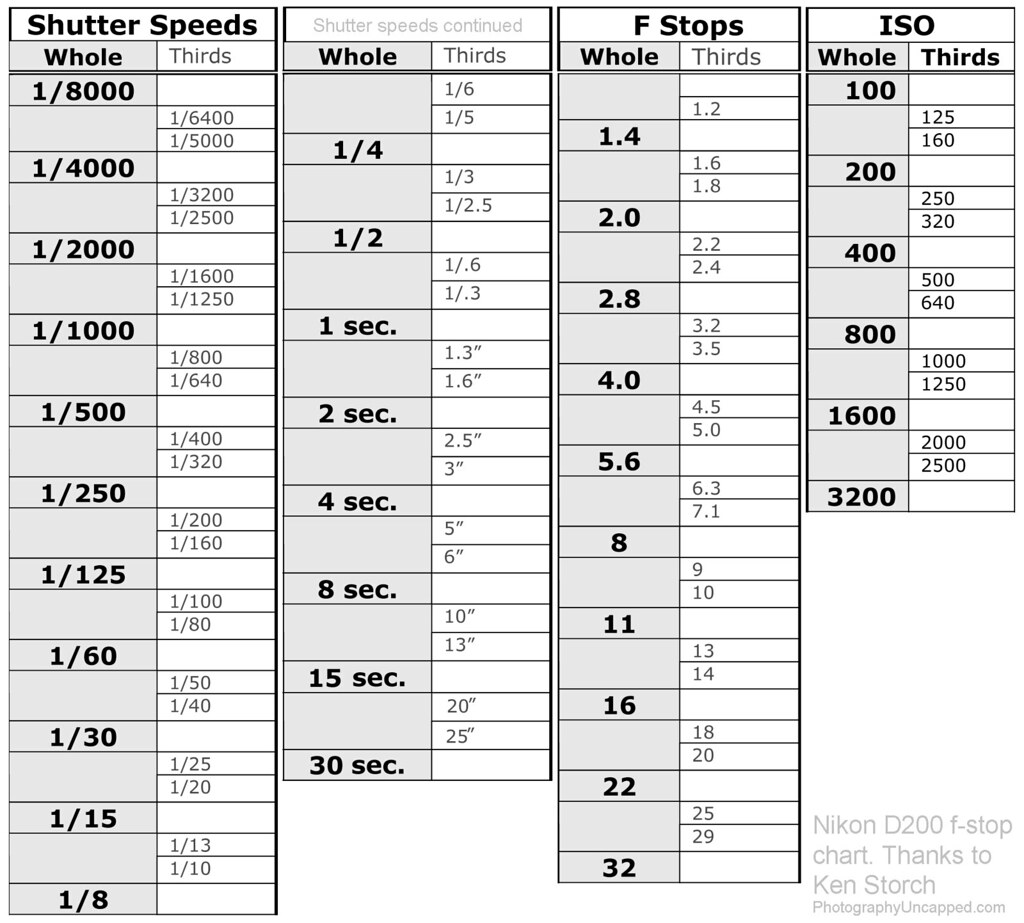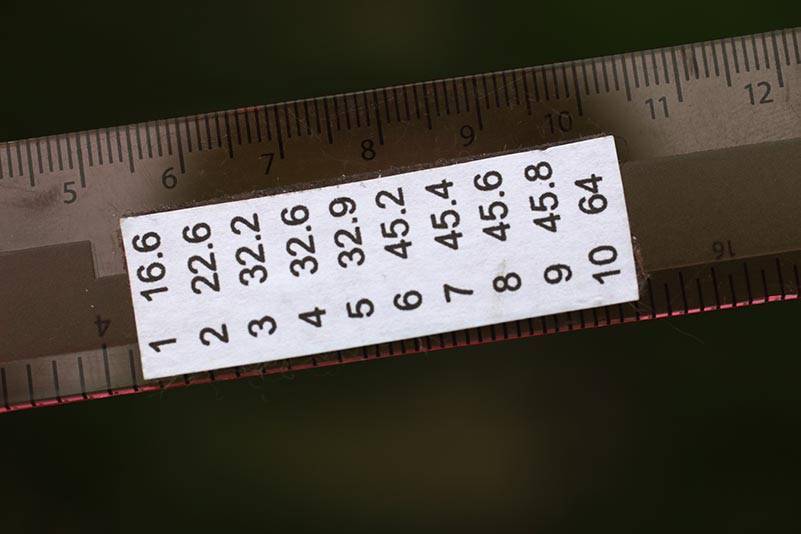
For the transition between the lenses to look seamless, you need them to produce a video with as similar an exposure as possible. Imagine a scene opens on a wide shot filmed with a 35mm lens, and then moves to close-ups shot with a 100mm lens. RELATED: Why Some Scenes In Your Favorite Action Movies Look JerkyĪlso, when you’re shooting video, you are much more likely to need to change lenses and still have everything exposed the same way. For photos, it rarely matters whether your shutter speed is 1/60th of a second or 1/90th of a second, but if you’re shooting a video, a change like that can have a material impact on how the footage looks at the end. You have to think about what the frame rate of the final video will be, so you can’t just rely on shutter speed to control your exposure. When you’re shooting video, you don’t have the same flexibility with your shutter speed as you do with photography. This is nothing that the autoexposure in your camera or ten seconds in post can’t fix.įor videography, however, things are different. The difference in exposure values between any two lenses isn’t going to be more than half a stop or so. Why T-Stops Matter to Videographers But Not Photographersįor photography, t-stops really aren’t that important. This means that more light is going to hit the sensor if you use the 100mm lens and you’ll have a marginally brighter photo or video. A 50mm f/2.0 lens might have a lens transmittance of 70% while the 100mm f/2.0 lens might have a lens transmittance of 80%. The thing is, different lenses transmit different amount of light through the lens. This means that they only transmit 60-90% of the light that hits their front element. The elements in most lenses absorb (or deflect or otherwise waste) 10-40% of the light that’s passing through. The different lens elements affect the light as it passes through, and one of their effects is to reduce the light. Lenses- as we’ve covered before-aren’t perfect transmitters of light. That’s because, while the physics remain the same, how each lens is constructed is different.


You’ll note, however, I’ve been using the terms “roughly” and “about”.
RELATED: What is Focal Length in Photography? The result is that both gather the same amount of light. A longer lens gathers more of the light from a smaller area while a shorter lens gather less of the light from a greater area.
F STOP CALCULATOR ISO
Whichever lens you use, f/2.0 will produce roughly the same exposure with the same shutter speed and ISO regardless of focal length, due to the inverse square law and the reduced field of view of the lens at longer focal lengths. So, for example, a 50mm lens at f/2.0 has an aperture diameter of 25mm a 100mm lens at f/2.0 has an aperture diameter of 50mm. The aperture is measured in f-stops, and the number of each f-stop corresponds to the focal length of the lens divided by the diameter of the aperture. How much light your camera captures is measured by a combination of how long the shutter allows light through that aperture, and how big the aperture is. In photography, an aperture is the hole in a lens that lets light into your camera.


 0 kommentar(er)
0 kommentar(er)
